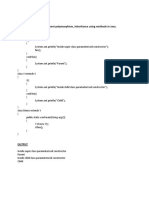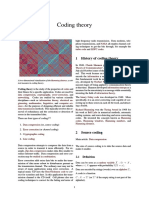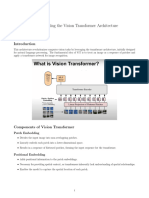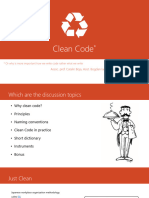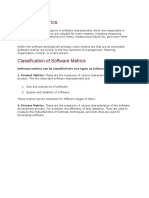100% found this document useful (1 vote)
315 views11 pagesPair Programming
Pair programming involves two programmers working together at one workstation. One programmer acts as the driver who writes code while the other serves as the navigator who reviews the code and looks for potential issues. Roles should switch frequently, at least every 30 minutes. The navigator thinks about high-level concerns like design and testing while the driver focuses on implementation. Benefits of pair programming include increased productivity, better code quality, and reinforcement of best practices. Rules for effective pairing include using shared tools, signaling personal habits, and switching pairs if an issue takes too long to resolve.
Uploaded by
AsyrafCopyright
© Attribution Non-Commercial (BY-NC)
We take content rights seriously. If you suspect this is your content, claim it here.
Available Formats
Download as ODP, PDF, TXT or read online on Scribd
100% found this document useful (1 vote)
315 views11 pagesPair Programming
Pair programming involves two programmers working together at one workstation. One programmer acts as the driver who writes code while the other serves as the navigator who reviews the code and looks for potential issues. Roles should switch frequently, at least every 30 minutes. The navigator thinks about high-level concerns like design and testing while the driver focuses on implementation. Benefits of pair programming include increased productivity, better code quality, and reinforcement of best practices. Rules for effective pairing include using shared tools, signaling personal habits, and switching pairs if an issue takes too long to resolve.
Uploaded by
AsyrafCopyright
© Attribution Non-Commercial (BY-NC)
We take content rights seriously. If you suspect this is your content, claim it here.
Available Formats
Download as ODP, PDF, TXT or read online on Scribd
/ 11











